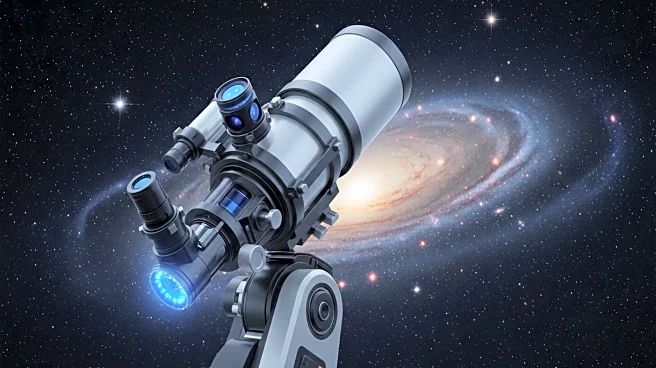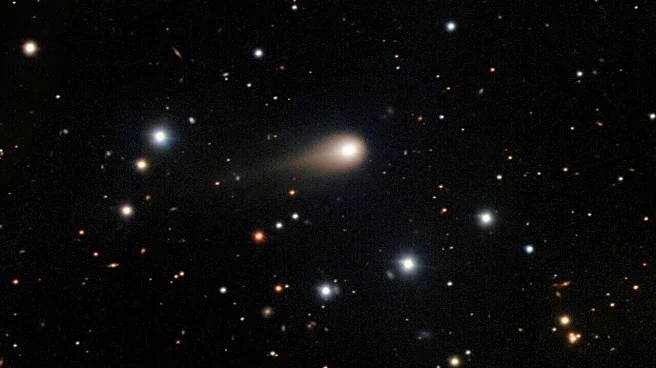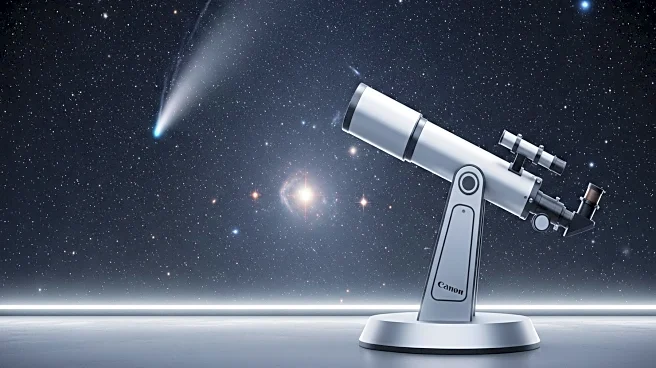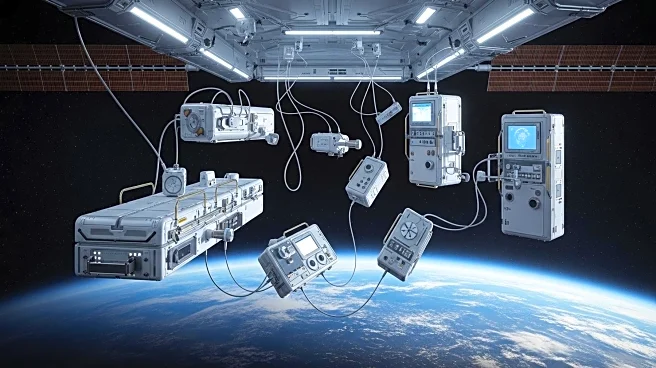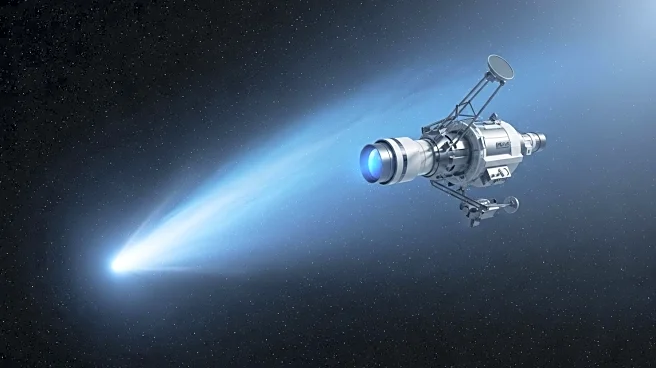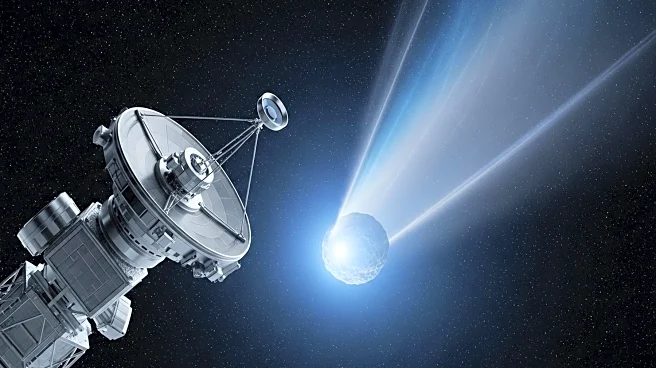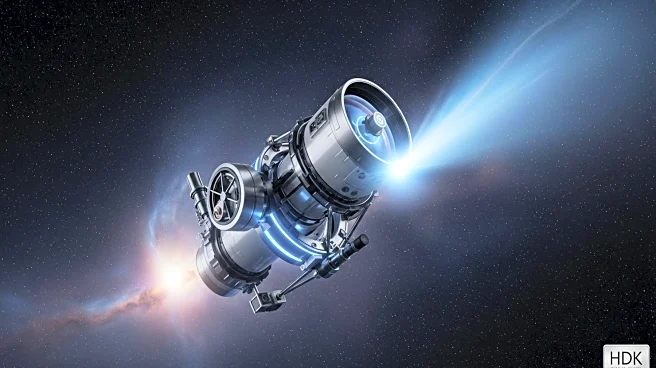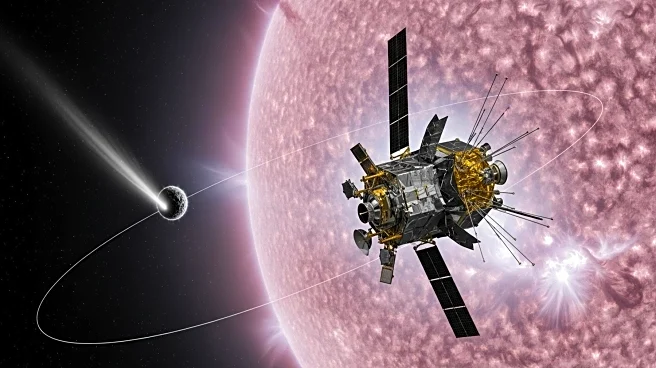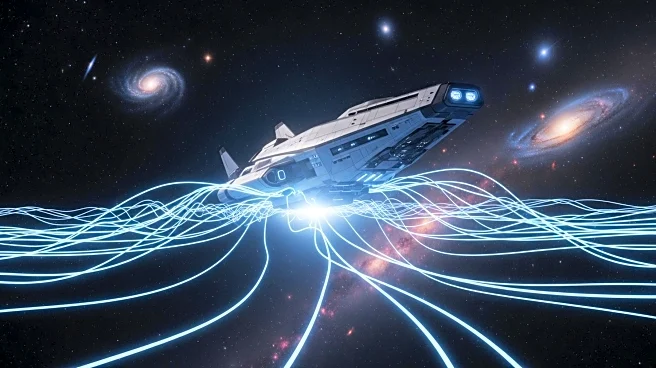What's Happening?
NASA is advancing single-photon sensing Complementary Metal-Oxide-Semiconductor (CMOS) detector technology to enable future space missions to search for life on other planets. This technology is crucial for detecting faint biosignatures in the atmospheres of exoplanets. The sensors are being characterized for performance metrics like dark current and quantum efficiency, and new readout modes are being developed to mitigate radiation-induced damage. The research team is also designing a near-infrared version of the sensor to enhance its capabilities.
Why It's Important?
Single-photon sensing technology is essential for detecting biosignatures, which are indicators of potential life on exoplanets. The ability to accurately measure these faint signals is crucial for advancing the search for habitable worlds beyond Earth. This technology supports NASA's Habitable Worlds Observatory mission and contributes to the broader field of astrophysics and space exploration.
What's Next?
The development and testing of single-photon sensing technology will continue, with evaluations conducted in space-relevant environments. The sensors will be used in ground-based telescope observations to assess their performance under real sky conditions. As NASA advances the Habitable Worlds Observatory mission, this technology promises to enhance our ability to detect and analyze distant worlds.
